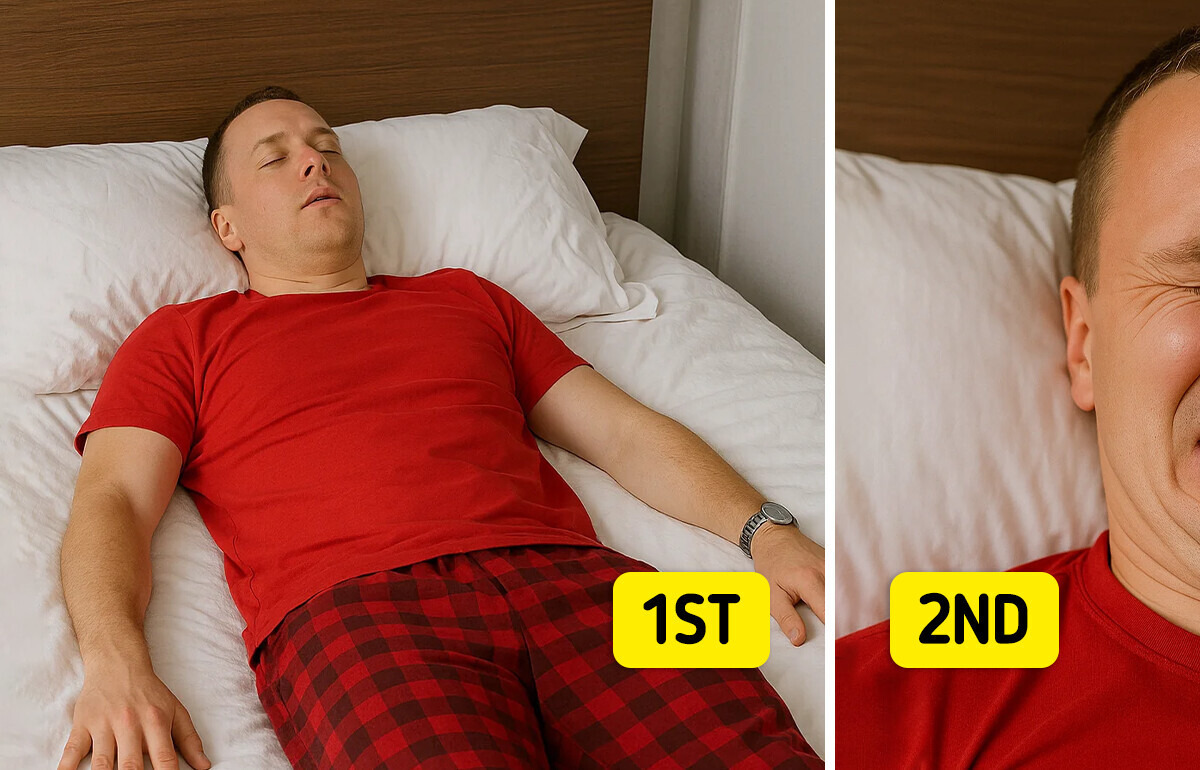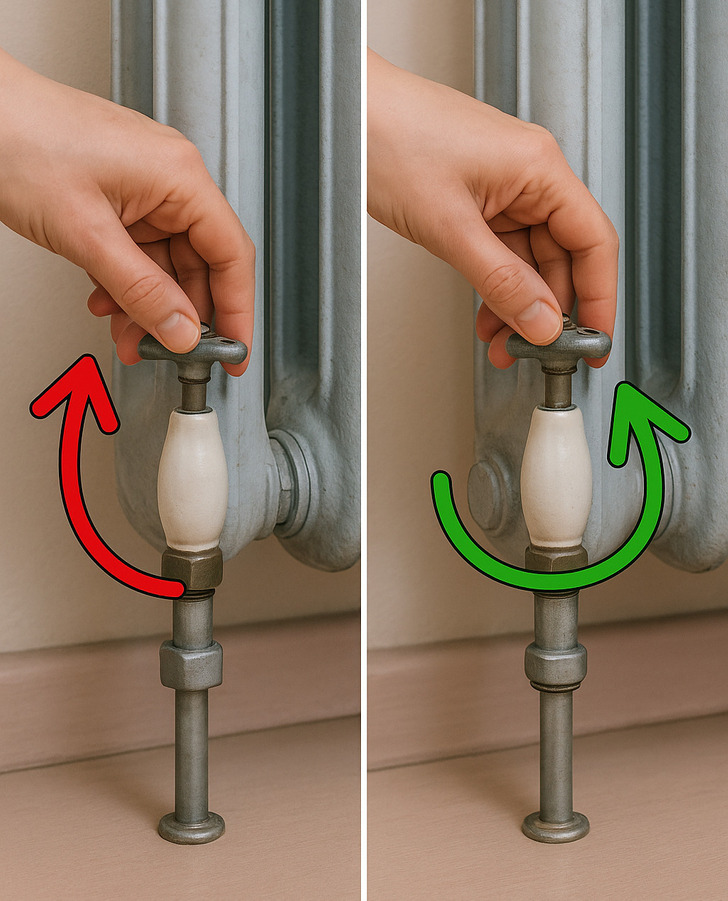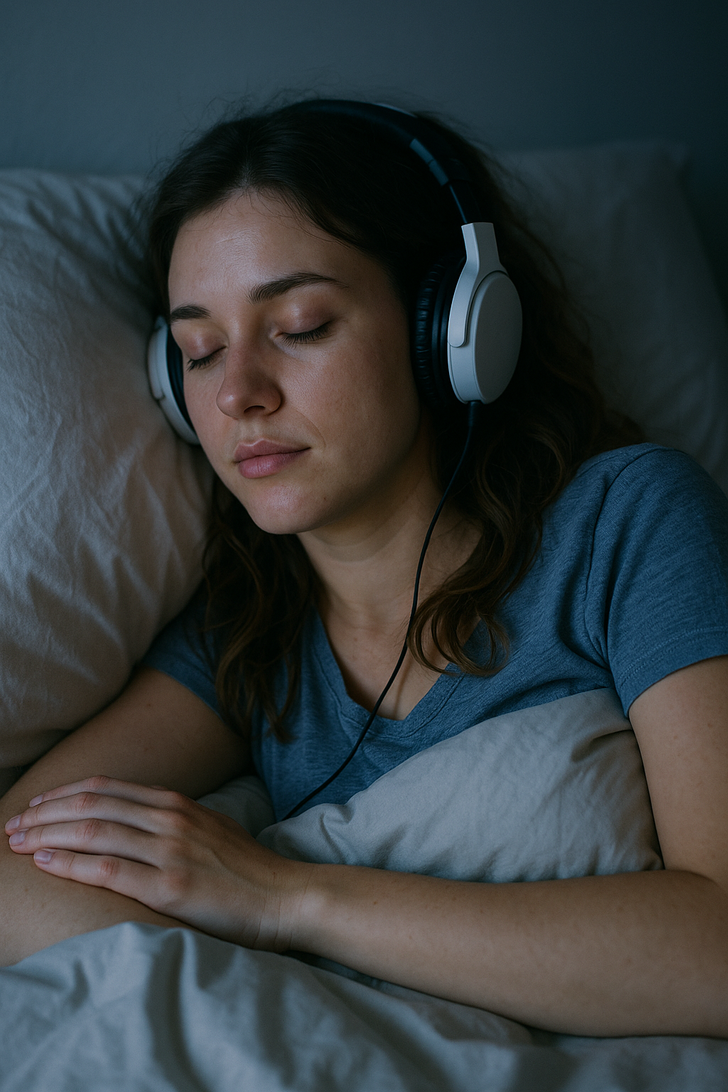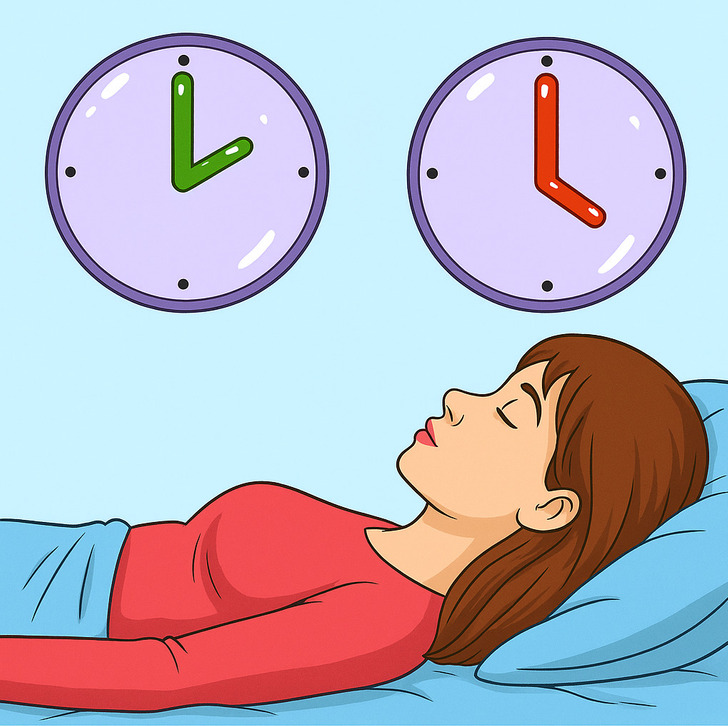12 Florists Revealed Some of the Craziest (and Really Awkward) Messages They’ve Been Asked to Send


Struggling to fall asleep isn’t just frustrating—it can impact your mood, focus, and overall health. Fortunately, a doctor with firsthand experience dealing with sleep disruptions offers a set of effective, science-based strategies to help your body and mind ease into rest. Whether your mind won’t quiet down or your body just won’t settle, these techniques may help you find better sleep—starting tonight.
Here is what Doctor Violin suggests.

Get Out of Bed if You Can’t Sleep
If you’ve been lying awake for more than 20 to 30 minutes, it’s best to get out of bed. Remaining in bed while unable to sleep can create a negative association between your sleeping space and wakefulness. Instead, step away until you feel drowsy, then return.
Lower the Room Temperature
Cooler temperatures signal to the body that it’s time to rest. Experts recommend setting the thermostat to around 65 to 67 degrees Fahrenheit (18 to 19 degrees Celsius). This small adjustment can help initiate the natural sleep process.
Avoid Checking the Clock
Clock-watching tends to increase anxiety about how much time is passing without sleep. This only adds pressure and makes rest even more elusive. Turning the clock away or covering it can help remove that mental burden.

Try these techniques step by step — you might fall asleep after the first one. The doctor suggests these methods:
1. 💪 Progressive muscle relaxation (military method)
This involves tensing and releasing muscle groups one at a time—starting from your toes and working up to your face. It helps release stored tension and focuses your attention inward.
2. 🧠 Body scan meditation
Gently shift your awareness from one body part to another without tensing, simply noticing sensations. It promotes calmness and grounds you in the present moment.
3. 📦 Box breathing
A great technique to soothe your nervous system. Here’s how:
Inhale for 4 seconds
Hold for 4 seconds
Exhale for 4 seconds
Hold for 4 seconds
Repeat until your breath becomes slower and more relaxed.
4. 🌬️ Diaphragmatic (Belly) Breathing
Feel your abdomen rise as you breathe deeply into your diaphragm. Use this rhythm:
Inhale for 4 seconds
Hold for 4 seconds
Exhale for 8 seconds
This activates your parasympathetic nervous system and prepares your body for sleep.


Have you ever tried binaural beats?
Binaural beats use two slightly different tones in each ear to create a third frequency in the brain, helping align brainwaves with states like deep sleep. For those struggling with falling or staying asleep, they offer a natural and effective aid that prevent you from thinking.
Delta Waves (0.5–4 Hz)
Delta waves are active during deep, dreamless sleep, the most restorative stage of rest.
Theta Waves (4–7 Hz)
Theta waves appear during REM sleep and deep states of relaxation or meditation.
Alpha Waves (7–13 Hz)
Alpha waves happen when you’re awake but relaxed — like those hazy moments right after waking up or just before falling asleep.
Beta Waves (13–30 Hz)
Beta waves dominate when you’re alert, focused, and actively engaging with the world around you.
Gamma Waves (30–50 Hz)
Gamma waves, the brain’s fastest, are linked to intense concentration, learning, and information processing.

While most people can nap without it affecting their nighttime sleep, those with insomnia or other sleep disorders may find that napping worsens their symptoms. If you enjoy taking daytime naps, follow these guidelines to avoid disrupting your sleep:
Limit naps to 10–20 minutes to avoid grogginess and ensure easier waking.
Avoid napping after 3 p.m., as it may interfere with your nighttime rest.
Choose a quiet, cool, and dark environment for the most restful nap.
If you often struggle to fall asleep, this sleep method might be worth a try. Popular on social media, it’s helped many find rest fast—whether they were skeptical or desperate for better sleep.











